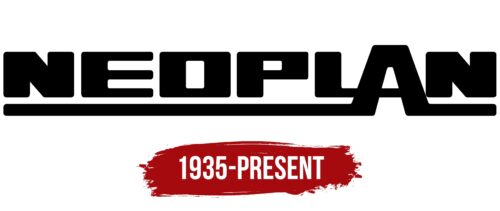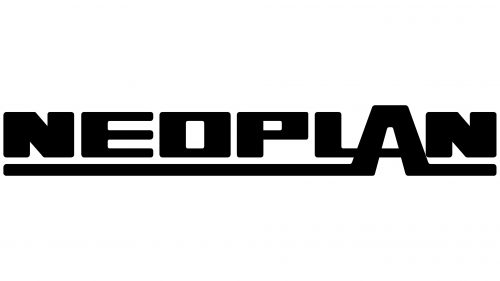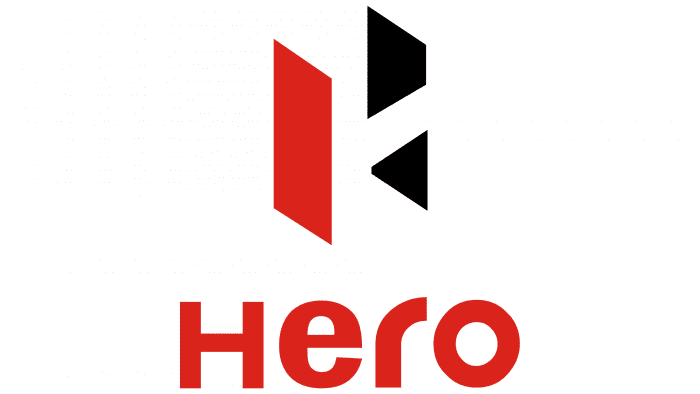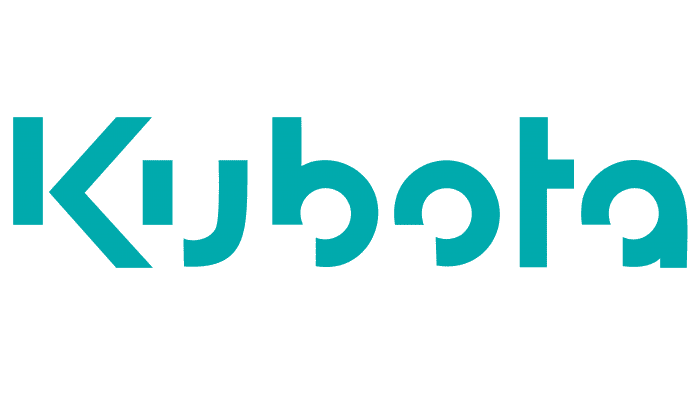The Neoplan logo resembles a road extending forward, with a beautiful double-decker bus – the company’s main product – traveling on it. The bus moves confidently, with all mechanisms working smoothly. The emblem conveys that the company consistently provides advanced solutions.
Neoplan: Brand overview
On July 1, 1935, a new venture in the automotive world sprouted in the bustling city of Stuttgart, Germany. Neoplan, a brainchild of the skilled coachbuilder Gottlob Auwärter, entered the market, initially crafting bodies for buses and trucks. As the 1950s dawned, the company began assembling entire buses and coaches, marking a significant expansion of its offerings.
One of the standout moments in Neoplan’s early years was unveiling their pioneering full-length double-decker bus in 1957. This innovation was a harbinger of things to come, as the subsequent decade saw the company lean heavily into cutting-edge designs. A notable focus was their shift towards utilizing lightweight aluminum for their bus bodies, which echoed their commitment to modernity and efficiency.
The late 1960s marked a changing of the guard as Albrecht Auwärter, the founder’s progeny, ascended to the company’s helm. His tenure witnessed an era of growth and territorial expansion. A testament to this was the inauguration of a fresh production hub in Pilsting, Germany, in 1979. This period demonstrated the brand’s relentless pursuit of innovative bus design.
The turn of the century brought forth another pivotal chapter for Neoplan. In 2001, the company merged with MAN, a formidable name in German truck and bus manufacturing. This union saw Neoplan operate under the larger umbrella of MAN Nutzfahrzeuge AG. However, even amidst these structural shifts, Neoplan’s essence remained untarnished. Still anchored in Stuttgart, the brand today is celebrated globally for its avant-garde buses and coaches, with a particular emphasis on high-end models. Neoplan’s legacy and commitment to quality ensure its vehicles find homes across continents.
Meaning and History
What is Neoplan?
Neoplan Bus GmbH has transformed the transportation sector for over eight decades with its pioneering designs and dependable vehicles. This well-respected firm was established by Gottlob Auwärter in 1935, with its headquarters in Stuttgart, Germany. Today, it functions as a branch of MAN Truck & Bus SE. The firm is globally recognized for its superior buses, trolleybuses, and coaches, earning the trust of its global clientele for their effectiveness and reliability. Building upon its rich history, Neoplan Bus GmbH persistently pushes the boundaries of innovation, upholding its reputation for excellence in the industry.
1935 – today
The Neoplan logo consists of the brand name. The name emphasizes the manufacturer’s commitment to innovation, combining the words “new” and “plan.” The name appeared in 1953, so the logo was developed around that time or later. The company was called Gottlob Auwärter GmbH & Co. until 2001.
All the letters in the emblem are in bold black font, highlighting the size and stability of the vehicle. The letter “A” stands out prominently, brought to the forefront. The glyphs of the symbol are extended, forming an underline beneath the word. The letter itself is enlarged.
This design emphasizes the company’s primary type of transport: buses. The scale of the “A” and the extension of its glyphs represent three main innovations: double-decker buses, articulated buses, and buses with expanded lower decks. The central openings in the “A,” resembling windowpanes, hint at the large panoramic windows the brand offers for enjoying the views.
Neoplan introduced many innovative proposals in bus design and secured its niche in the market. The emblem highlights the brand’s inventions, creative spirit, and leadership qualities.





